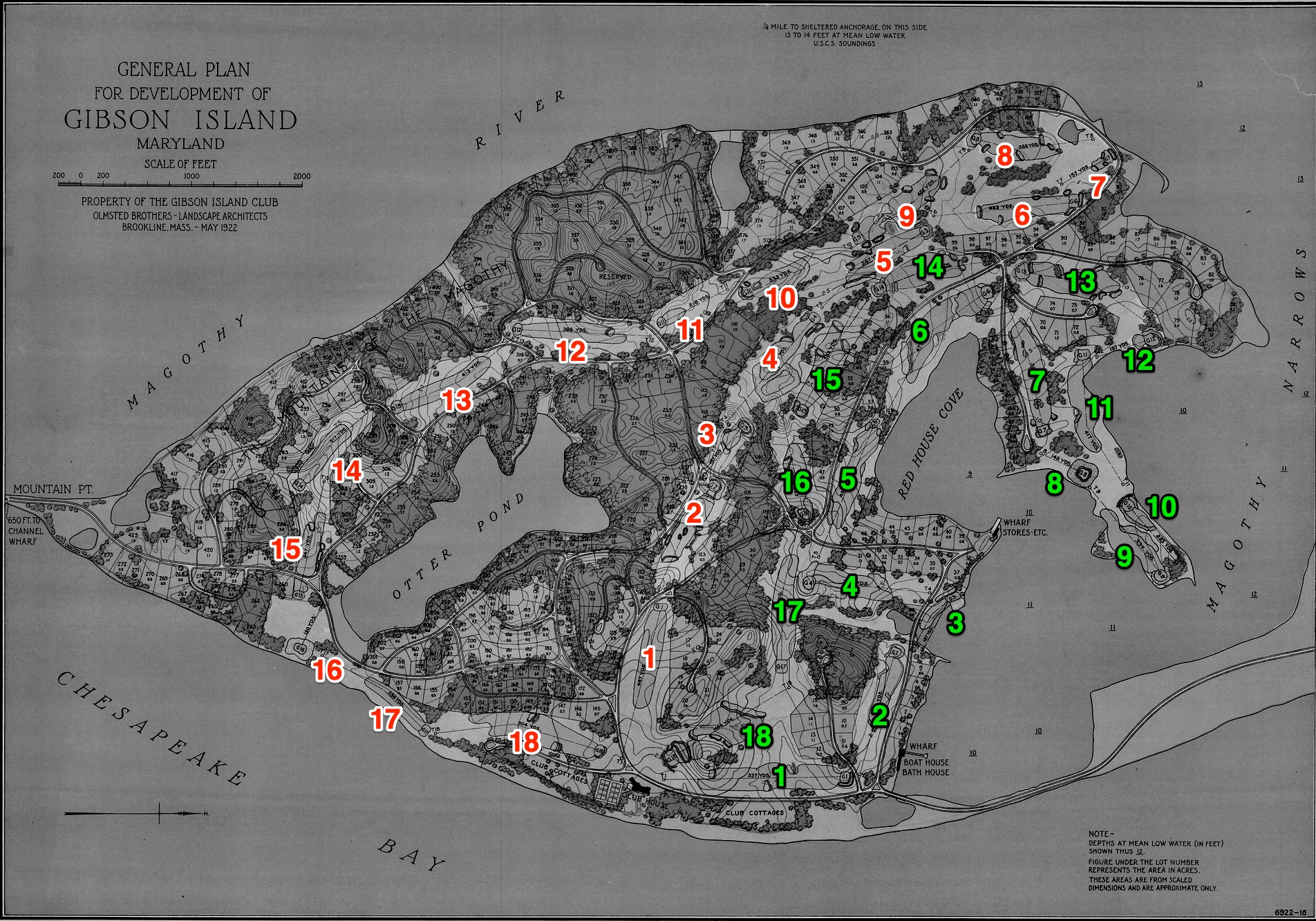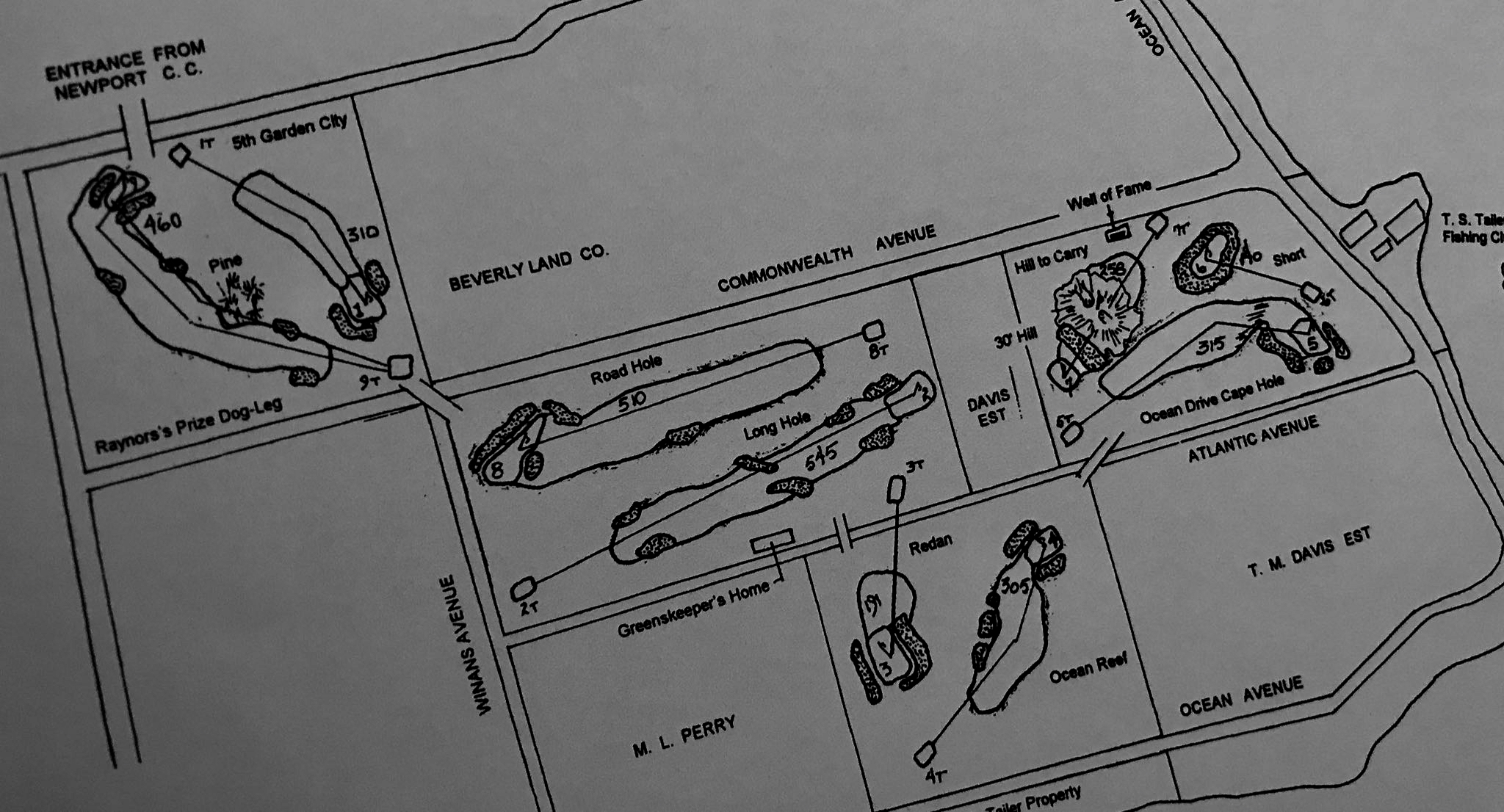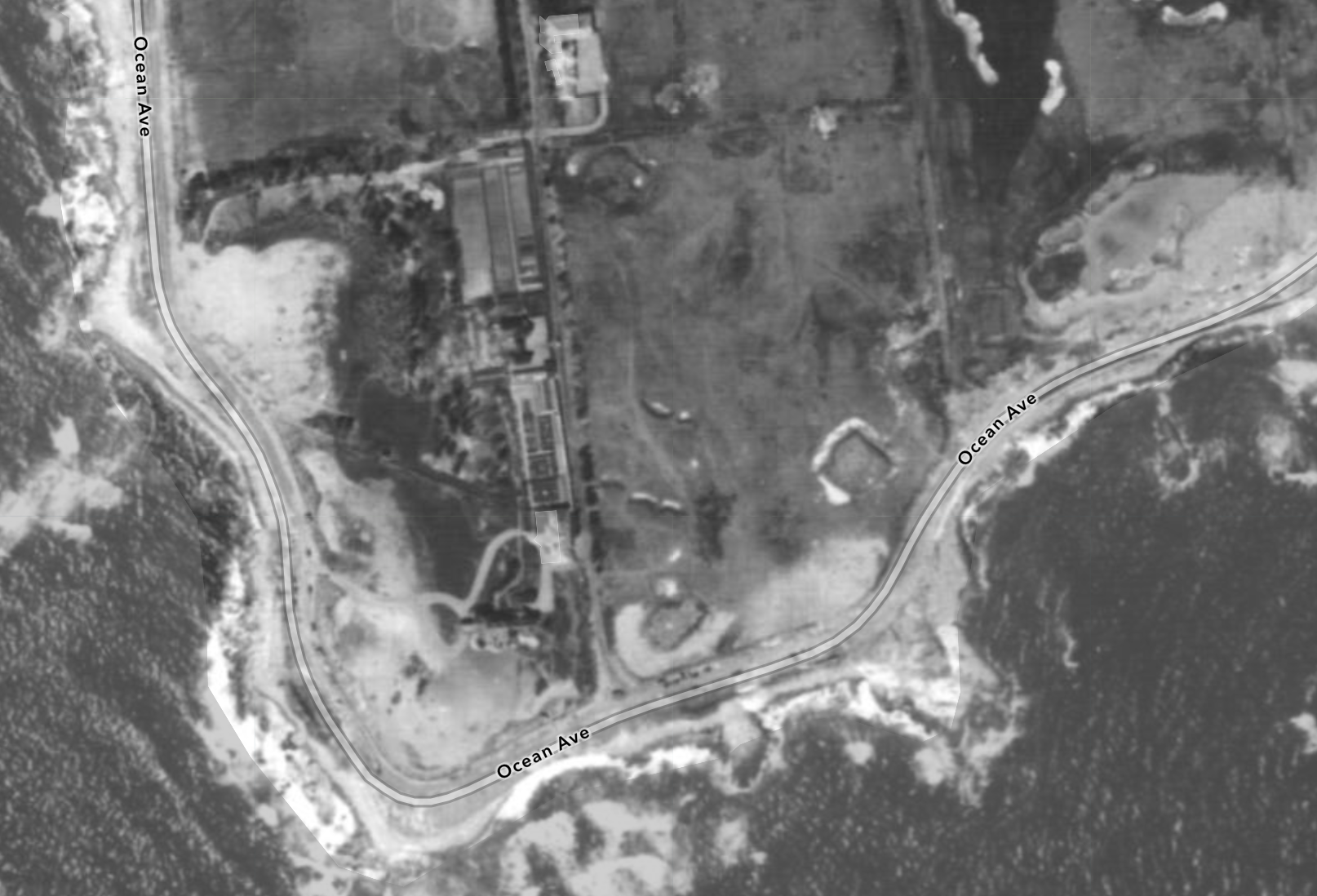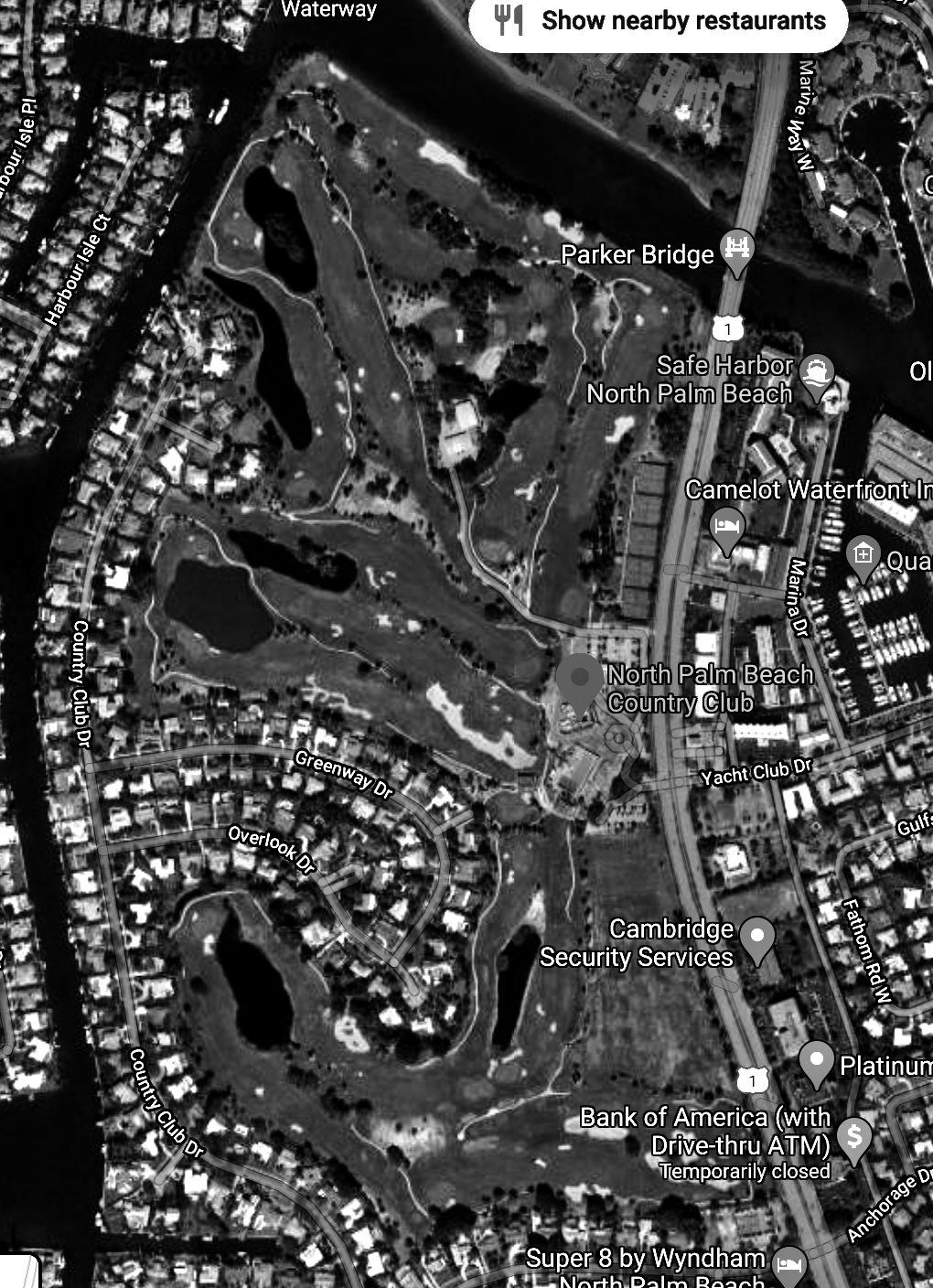Perhaps you’ve heard: The Keiser family is establishing a literal clone of the legendary Lido Golf Club outside of its Sand Valley Resort in central Wisconsin. It’s to 2021 what the opening of Bandon Sheep Ranch was to 2020: the headline we golf course architecture people will milk for the rest of the year.
The key word in Lido’s description is “legendary”; not because the course is some figment of an idealistic imagination but because it’s become a pillar of worship for architecture enthusiasts.
Perhaps it truly was the single greatest golf club ever made and perhaps not. Regardless, it’s certainly the lost golf club we romanticize more than any other. Part of the problem is we’ve made room in our mind for just the one no-longer-existing golf club, in the same way that most dads have only made room for one metal band (Metallica, and the “Black” album more specifically).
There are many other MacRaynor courses that have since gone under. Were they quite the gems that Lido was? Maybe not…but we also don’t really know, do we? They may not have a Santa Claus-level of mystique but we’re talking Macdonald-Raynor here. These courses were at least Easter Bunnies.
Here are seven lost MacRaynors that might not have become Lido-level iconoclasts…but should certainly be on the mind of Gil Hanse, Tom Doak, or whatever architect wants to next create a MacRaynor tribute.

The Gibson Island Golf Club
I recently spoke with Anthony Pioppi, the executive director of the Seth Raynor Society, about the recent Lido surge. I did an annoying journalist thing and asked him to choose one — JUST ONE — other lost golf club that he’d like to see restored. He chose Maryland’s Gibson Island Golf Club.
Designed by Macdonald and built by Raynor, Gibson Island holds special appeal because it consisted of two 18-hole routes, both with their own levels of mystery. The second eighteen was never even begun, but you can see in the map above that a design exists. Ownership soon radically altered the original 18, cancelling nine holes for lack of funds and the others reshaped to such an extent that the current collection hardly resembles anything from the original.
This 18, even without an additional 18, is perhaps the most intriguing no-longer-existing Macdonald because the man himself commented at least once in a newspaper article that it could be his greatest design.
The route features a number of holes that catch the eye, including a dramatic Alps closer, but the highlight stretch was dubbed the “Peninsula Holes,” five holes playing along the title landform out to a promontory, including a Double Plateau and Short, as well as an interesting-looking 223-yard par three along the coast.
Although it’s tough to imagine this route making a full comeback, things are turning around. Lester George has been hired to convert the current No. 6 par three to a Raynor-style Redan (not the hole’s original identity, but still a move in a positive direction). George informs me that the club plans to restore the current Nos. 7, 8, and 9 to their original Nos. 16, 17, and 18 presentation.
And that peninsula? There’s only one house on it. A very nice house but…we can dream.

Ocean Links
Somewhere between Donald Ross and A.W. Tillinghast, Newport Country Club has one of the deeper architectural histories in American golf. One member, Suffern Tailer, decided he should add some MacRaynor to the great golf on Brenton Point’s shore. He built himself a private nine-hole affair, designed by Raynor with consultation from Macdonald.
Probably the most mouth-watering portion of property was where the No. 2 Long hole ran alongside the No. 8 Road hole, coming back in the opposite direction. More unique entries to the lineup included an opener based on No. 5 at Garden City and No. 7 “Hill To Carry,” which almost looks like a one-shot Alps (at 258 yards, the scorecard notes it as a par four…the strategy may have been to land atop the turtle-backed peak of the hill and pitch over a Sahara that fronts the green).
EDITOR’S NOTE: Images shared with me after publication suggest that “Hill to Carry” was hardly as described above. Instead, it looks like players have a choice from the tee: They could carry the title hill and, if their distance was precise, come up short of a massive cross bunker for the better angle to the green. The carry was not required however…players could go right of the hill, but would face a much more difficult approach, due to a not-quite-lion’s-mouth, as well as a bunker that wrapped around the right and back of the green. Here’s a LIDAR scan rendition from @NLE_Golf.
Adding Ocean Links’ intrigue was Tailer’s amateur golf tournament. If you’ve ever wondered where the term “Golden Mashie” came from, now you know: The winners took the title trophy. Macdonald was also proud of this design, making a rare grand-opening appearance. According to Golf Illustrated, “Ocean Links stands for the last word in golf course architecture.”
Tailer reportedly left money for the course’s continued upkeep after his death…a request his family chose to ignore. There were attempts to restore the course but World War II soon set in and the Army occupied the property for training purposes. The layout never recovered.

Oakland Golf Club
“Oakland” often brings Detroit’s Oakland Hills to mind in the context of golf, or perhaps some of Alister Mackenzie gems in the Bay area. There was one other “Oakland” that may have topped these and it was located on Long Island (because of course it was).
The original Oakland Golf Club route was a Bendelow, with Raynor handling a redesign during 1921. One factor that helped Oakland stand out among MacRaynor designs was its ravine, along which holes Nos. 7, 8 and 9 played. Interestingly, Raynor approached the ravine with the same attitude as Rees Jones at a casino course…wanton heroism. No. 8 was a par three playing 155 yards across to a bunker and No. 9 was a dogleg left, which required a long drive over the ravine to reach the fairway. Most interesting was the par four No. 7, which required a forced carry from the tee and another upon approach to the green. Sleepy Hollow-style walking bridges crossed where necessary.
A more Raynorian move comes with a back-to-back pair of par threes that really summed up the template experience: a Redan followed immediately by a Biarritz.
The club eventually shut down during 1962, and was acquired by New York City as a municipal. Unfortunately, unlike all the Bendelows around the city, the public Raynor only lasted until 1971. Queensborough Community College now lives upon its bones.

Shinnecock Hills Golf Club
OK, what we said above regarding “has one of the deeper architectural histories in American golf”…that definitely applies more to Shinnecock Hills Golf Club. The current, world-acclaimed design belongs most to William Flynn but along the line there were a few other Willies as well as Macdonald and Raynor. Macdonald was a member at Shinnecock but his other club across the street, the National Golf Links of America, was eating its lunch.
Literally; NGLA hired Shinnecock’s chef out from under the club.
But seriously, the members at Shinny figured they could squeeze a better course out of Macdonald, so they did. He ended up keeping five Willie Dunn holes and adding 13 originals. Although the course featured the most iconic MacRaynor templates — including a Redan, Eden, Road, Short and Biarritz — most everyone agrees the current routing is one of the better in golf and so Macdonald’s out-and-back was done away with. All that remains of the MacRaynor variant is the No. 7 Redan, which many assume Flynn tinkered with due to its current penal nature.
Would we suggest building Macdonald’s Shinnecock over Flynn’s? Of course not. Nor would we suggest building Raynor’s Cypress Point over Mackenzie’s. But if we’re in an era where modern technology allows us to rebuild century-old golf courses hundreds of miles from their original location, creating alternate versions of iconic routes doesn’t seem so strange either.

The Deepdale Club
Among the many to-do New Yorkers who traveled out to play golf in the Southampton region was William Vanderbilt. Accordingly, when he needed to find an architect for his Deepdale Estate, he turned to Macdonald. Unfortunately, like much else on Long Island, the construction of its title expressway would alter the course.
Looking at the map, it doesn’t appear that much of the course would have been altered by the roadway. Sure, sucks to lose your Alps and Biarritz but does that merit trading in an entire MacRaynor? Apparently. The membership opted to pack up and move to its current location, where Dick Wilson designed the modern (and still largely acclaimed) Deepdale route.
The original sat on the banks of Lake Success, where the current Village Club of Lake Success now rests. That club emerged during 1956 and, although the club uses misleading language to suggest a MacRaynor lineage, the current course is almost entirely unique from the former Deepdale. Tripp Davis, who has done renovation projects on the club, expressed on a GolfClubAtlas board that the current No. 1, No. 17 and No. 18 holes are the only holes that bear resemblance to Macdonald’s work. Looking at the latter two, there’s a hint of a Redan from the back tees at No. 17, and perhaps the potential for a lakeside Cape at the closer.
Palm Beach Winter Club
Raynor passed away during a trip to the Palm Beach area on his way to open Paris Singer’s personal golf course. This course followed Singer’s contracting Raynor to design the original nine at The Everglades Club (legendary for other reasons) and, finally, to create another 18 at the Palm Beach Winter Club.
Raynor completed a design for Winter but died prior to its construction. There can be no doubt to its legitimacy, however, as Macdonald himself came down to complete the course following the death of his friend and former business partner. It opened during 1927.
Singer ran into all sorts of legal, social and financial mishaps prior to skipping town; Everglades survived but the Winter Club had a rougher go of it. The course fell to disuse, with the new owner using the southern half of the property as a horse pasture.
Eventually the property was acquired by the city of North Palm Beach and became a municipal offering, under the banner of the North Palm Beach Country Club. Its history was not a prime concern, with both Mark McCumber (1989) and Jack Nicklaus (2006) conducting full redesigns. Most of the original property exists under the current course, but the addition of real estate over the years makes full restoration a long shot.


Statesville Country Club
Statesville Country Club in North Carolina is probably the least-likely Raynor to merit a historic recreation. It’s a rarity for a Raynor in that it had sand greens! The rare use of an exclamation point is to illustrate the difficulty even imagining a traditional Raynorian “green” executed with sand. Quite difficult, and quite improbable.
Perhaps Statesville’s biggest role in Raynor’s career was its role in convincing the Blowing Rock Country Club that the New Yorker was its original architect, versus North Carolina’s most prominent Golden Ager, Donald Ross. For years there was conflict between the followers of both architects regarding which icon had designed the course. News reports indicate that Raynor was the one with boots on the ground, introduced to the club’s founders by a member at Statesville (Pioppi shared a screenshot of the clip, with amusing headline “GOLF COURSE MAN AT GREEN PARK HOTEL”).
As for Statesville itself, the course was “abandoned” during 1957, whereupon the club moved five miles east to make room for a full 18 holes. The new course was “originally sculpted from a naturally rolling terrain with an abundance of trees by famed architect Alexander McKay.” Famed architect Alexander McKay? This is right up there on the list of all-time copy embellishments made on a country club website.
On top of these listed courses, there are dozens of MacRaynor routes (mostly Raynor) that never saw the light of day.
With the the work being done at the new Lido in Wisconsin, any of the courses listed above — or even the ones that never met reality in MacDonald’s day — could meet modern golfers.